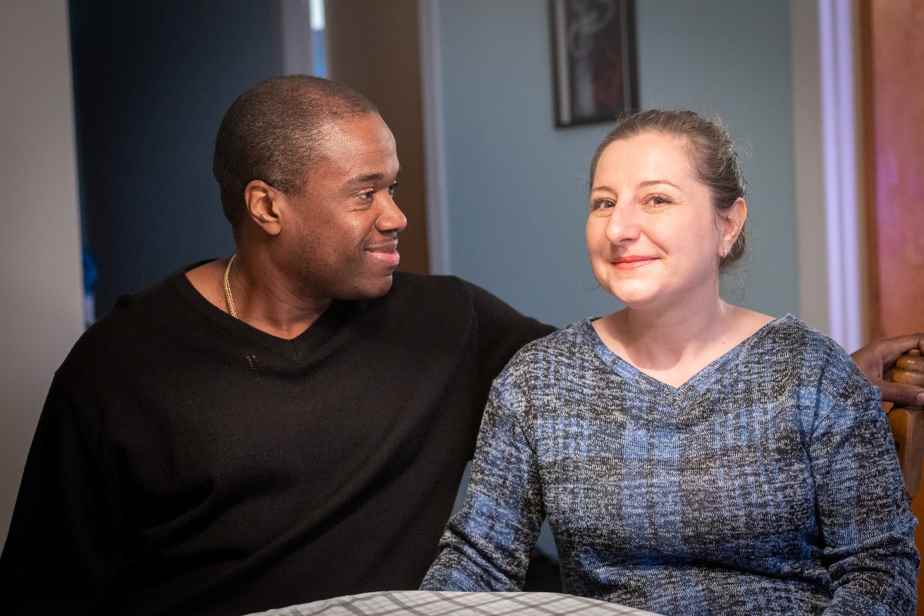Arrived from Kyrgyzstan six years ago, Maria Antonyan has just completed a diploma of professional studies (DEP) in fashion and tailor-made clothing. She is happy to have immediately found a job with a clothing wholesaler. However, at 41, she realizes that she has little savings and that she must prepare for retirement.
Maria Antonyan still started saving during her studies even though her income was modest thanks to the support of her spouse. So she set up an automatic savings payment plan. “I started with $50 a month, then when I started working in my field I increased to $100 a month and now I’m looking to increase to $150,” she says.
In the eyes of Simon Préfontaine, financial planner at Lafond Services Financiers, it is already excellent that she has started saving. “I encourage her to increase her annual savings, according to her ability, because she still has several years ahead of her and with compound interest – the interest on the principal and the interest that is reinvested – over 20 years, that will make a difference,” he says.
He specifies that if Maria Antonyan invests $10,000 at 5% interest, she will have $27,126 after 20 years, but if she invests $15,000 instead, she will have $41,100.
Invest in appropriate investments
Maria Antonyan opened a Registered Retirement Savings Plan (RRSP) account at a financial institution, but she hasn’t yet chosen what types of investments to invest her savings in.

PHOTO HUGO-SÉBASTIEN AUBERT, LA PRESSE ARCHIVES
Quickly, it is important that she establish her risk tolerance and choose investments accordingly. Since she has some catching up to do, I would recommend that she invest at the limit of her risk tolerance, without preventing her from sleeping, to maximize her return.
Simon Préfontaine, financial planner at Lafond Financial Services
Even if the most important thing is that Maria Antonyan has started saving, the financial planner points out that one of the big advantages of an RRSP is that her contributions reduce her annual taxable income, and therefore her tax payable.
“The RRSP is particularly attractive in years when the tax rate is high. So, at the start of your career, if you expect a good salary increase in the next few years, it might be a good idea to start saving in a tax-free savings account. [CELI]for example, and once his salary has increased, transfer everything to his RRSP to minimize his taxable income,” says Simon Préfontaine.
He gives the example of a person who earns $48,000 and gets a raise to $55,000. “With the 2023 tax table, this means that she would see her tax rate go from 27.53% to 37.12%, an increase of almost 10%”, he illustrates.
Immigration, QPP and Old Age Security pension
While Maria Antonyan knew she had some catching up to do to save for her retirement, her concern increased recently when she realized she would only receive part of the government support in retirement. Indeed, his period of contribution to the Quebec Pension Plan (QPP) would have started the month following his 18e birthday if she had been in Quebec.
“Since the calculation of the QPP pension is based on her contribution level, Maria’s will be much more modest than if she had been in Quebec at age 18,” explains Simon Préfontaine. She will also have a little less for her Old Age Security pension, which is paid in full when you have resided in Canada for at least 40 years after the age of 18. »
The Old Age Security pension is paid in part when you have resided in Canada for at least 10 years since the age of 18.
“As Maria arrived in Canada at age 35, she will have been in the country for 31 years instead of 40 between the ages of 18 and 65 inclusive, so she will receive the equivalent percentage of the maximum pension, i.e. a little over 77%”, specifies Simon Prefontaine.
He estimates that this is one more reason to make an appointment with a financial planner in order to make a retirement plan.
“That way, Maria will be able to see how much she needs for her retirement, when and how to adjust her savings and her types of investments accordingly,” says Simon Préfontaine. In addition, while the markets are low, it’s time to invest! »
